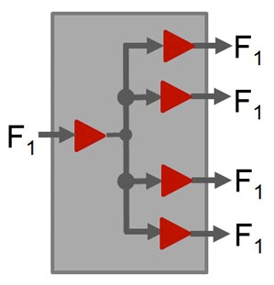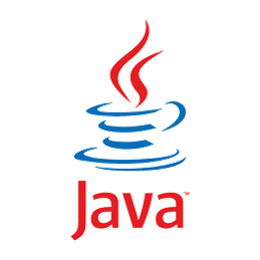For this design most of the research came after we familiarized ourselves with the project we would be working with. Below are some catagories that our team researched through out the semester.
Clock Ocilator and Fanout
The original 1.67um design uses an oscillator that is directly wired to the clock input of the sensor. The complication that arises from adding three more sensors to the design is related to the load capacitance of the clock pin inputs. If the load capacitance exceeds the maximum allowed by the oscillator then the clock signal would be delayed and skewed. To counter this a 1:4 buffer must be added into the circuit, which will apply each sensor’s input capacitance to one line individually. Originally adding a new oscillator was considered, but after more thought this was considered unnecessary because the buffer will negate any issues that arise due to load capacitance.

Image of the fanout buffer logic
Software for Simplified Operation
One of the larger tasks that we took on was finding a solution so that four instances of matlab could run the make_avi files and capture and save images to the computer at the same time. Our first approach was to look at Matlab's parallel prossing capabilities, this was proved to not be what we had hoped for and would later research Matlab's matrix sharing. The matrix share looked like it was what we wanted because using it we could manipulate variables from one seperate instance to another. After loading matrix share it had proved to be unreliable and buggy. Our team decided it would be best to rethink our problem and know exactly what we needed this software to do. The result was simple, design a Java script that would call and run four Matlab files at the same time.

